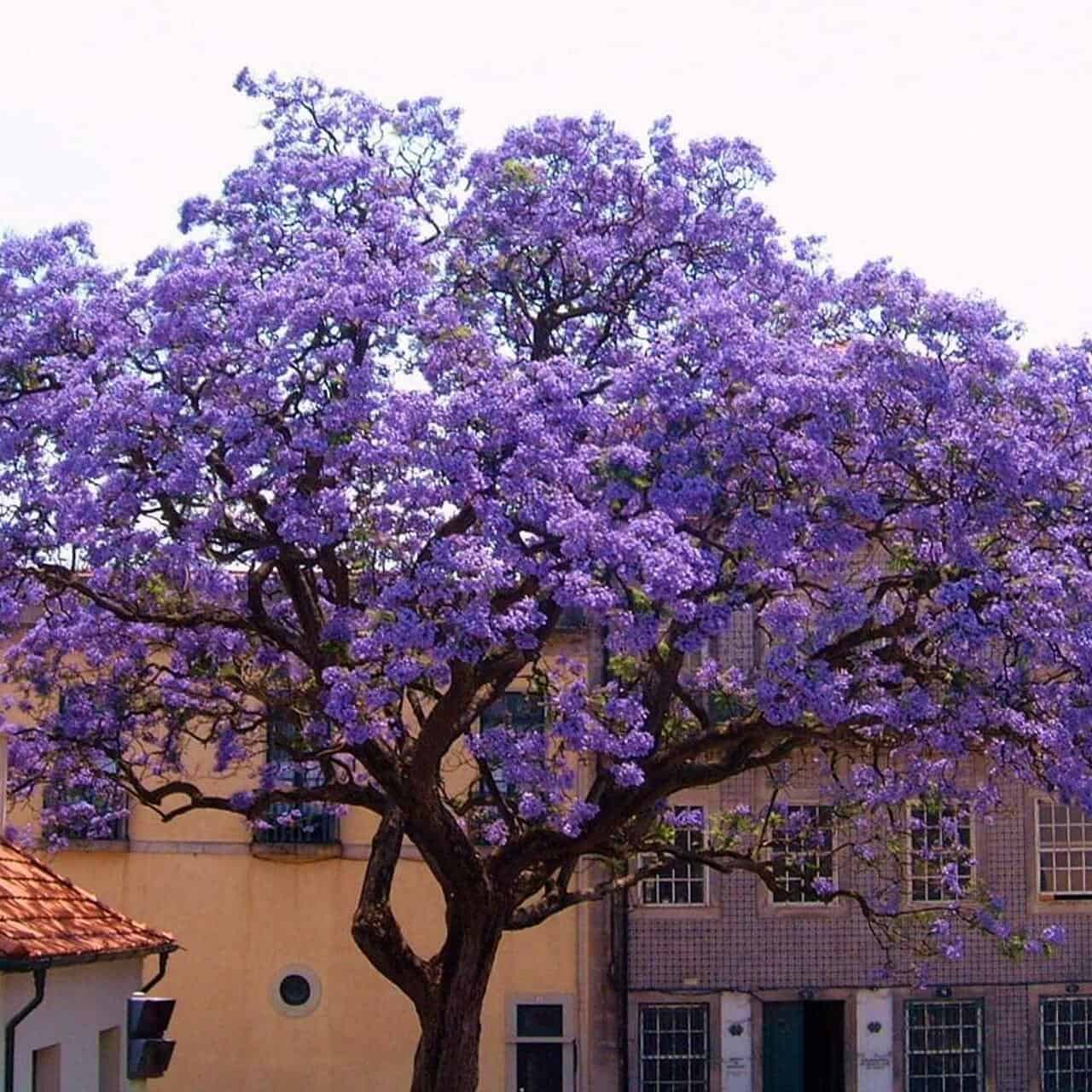

Purple Glory Dogwood Trees grow around 15 to 20 feet tall and spread about the same amount, so make sure you have plenty of space for them. Dogwoods can grow well in cooler climates, provided they have enough sun. They grow best in USDA hardiness zones 5 to 9, but they require a consistent amount of moderate moisture. While its spring and early summer blooms are maroon-red, the Purple Glory Dogwood features bold purple foliage year-round. Scientific Name: Cornus floridaĭogwoods are one of the many trees are known for their white flowers, but this variety is sometimes called “Purple Glory” for a reason. Dogwood This particular dogwood has purple foliage year-round. Just remember to water them a bit more often if they’re in a container, particularly on the hottest days of summer. While they can grow quite large when planted in the ground, Burgundy Desert Willows make excellent container plants, too. Their low moisture requirements make them perfect for rock gardens and xeriscapes. They thrive in USDA hardiness zones 8 and 9.

Small purple tree flowers full#
Hummingbirds love the scent of these showy blossoms and flock to these trees when they’re in bloom.īurgundy Desert Willows drought-tolerant trees that like well-draining soils and full sun. It grows from 15 to 30 feet tall, and in the spring and summer, the Burgundy Desert Willow produces clusters of fragrant, burgundy trumpet-shaped blooms. Its deciduous leaves are long and feathery like a willow’s, too, but that’s where the similarities end. The Burgundy Desert Willow isn’t a willow at all, although it does grow in a weeping formation. Scientific Name: Chilopsis linearis ‘Burgundy’ Desert Willow These trees are drought tolerant and there blooms will attract hummingbirds to your yard. If trained as a tree, it’s a little hardier, and its bare winter bark is a stunning mottled color. It will die back to the ground when the weather turns cold, regrowing when the weather is more favorable. This variety grows best in USDA hardiness zones 7-9, and in colder climates.

This purple flowering variety, Indica Crape Myrtle, still loves heat and humidity. Its dark green foliage contrasts the purple, pink, or red blooms until it turns bright orange in the fall.Ĭrape Myrtles were once thought to be a tree exclusive to warm, tropical regions, but some cultivars have become rather adaptable to milder temperatures, even as far north as Portland. This species of Crape Myrtle produces dense clusters of tiny flowers that resemble crepe paper in texture, which is where the tree got its name. Crape Myrtle The crape myrtle is legendary with their violet colored blooms. They naturally grow unto a multi-stemmed shrub shape, but nurseries generally prune them back to one stem, and you can, too. They’ll even tolerate a little bit of road salt! Just make sure they get plenty of direct sunlight.Ĭhaste Trees need to be pruned annually if they don’t die back on their own during severe winter cold (don’t worry – they regrow quickly!). And the poorer the soil, the better for this tree. Once established, you’ll probably never have to water it. Hummingbirds, butterflies, and other pollinators are drawn to the Chaste Tree in bloom.Ĭhaste Trees love dry, well-draining soil. These tree-like shrubs produce grayish-green, palm-shaped foliage that smells almost as fragrant as its blue and violet flowers, which bloom from early summer into early fall. The Chaste Tree (Vitex agnus-castus) isn’t a tree at all but rather a fast-growing shrub in the Verbena family.

The second species on our list of trees with purple flowers, like the first, is a bit of a misnomer. Chaste Tree This shrub has a fragrant smell and will attract many different pollinators.


 0 kommentar(er)
0 kommentar(er)
